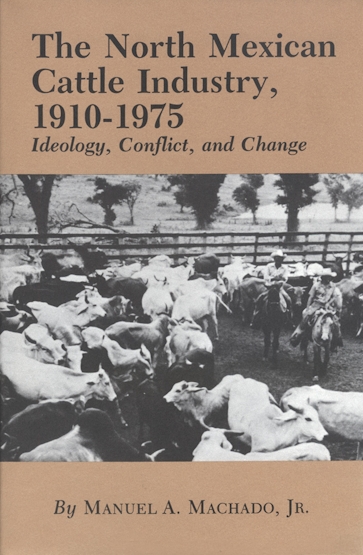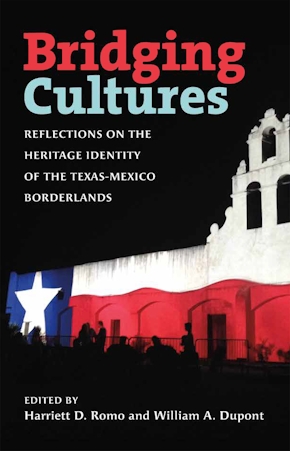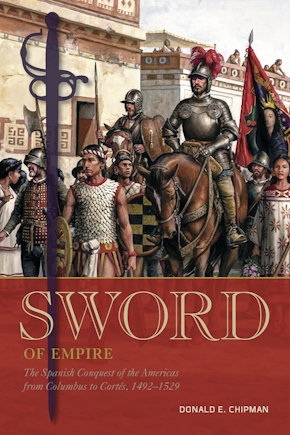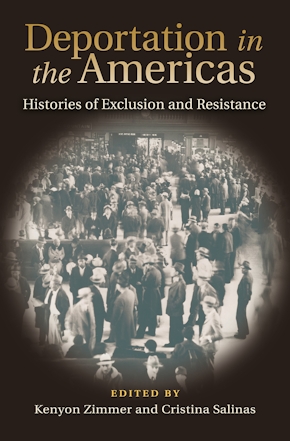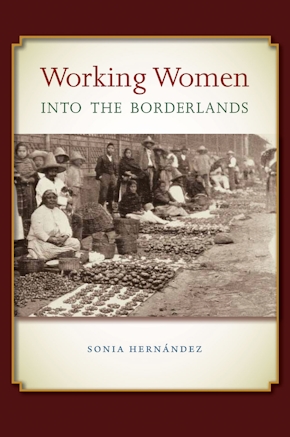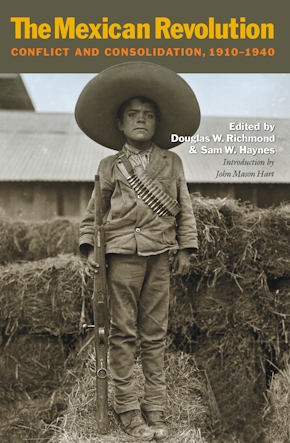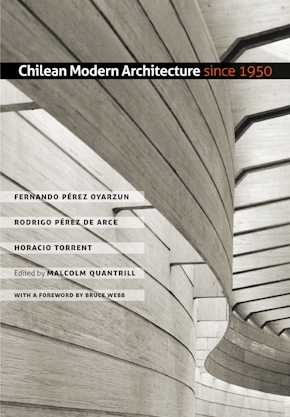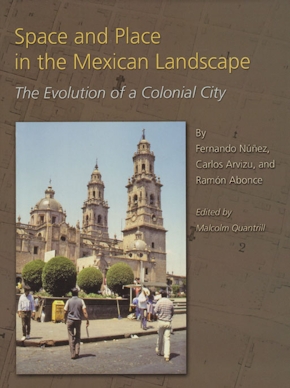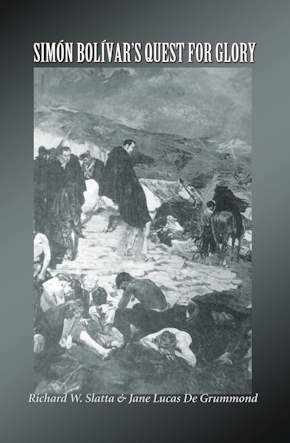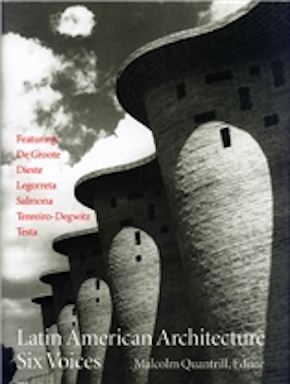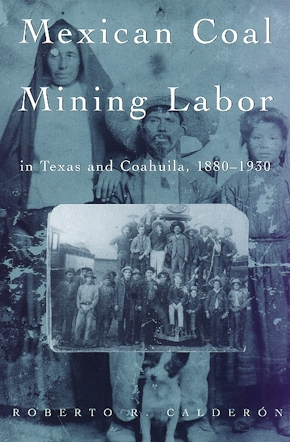North Mexican Cattle Industry, 1910-1975
Ideology, Conflict, and Change
978-0-89096-104-9 Cloth
0 x 0 x 0
Pub Date: 02/01/1981
Available
BUY NOW
- Paperback $15.95 s
- Cloth $29.95 s
Machado examines the devastation of the revolutionary period, when herds were slaughtered to feed armies or appropriated for sale to finance arms and munitions; the slow climb back after the Revolution when changes in land tenure and limits on herd size made reinvestment risky; and more recent problems with disease control, which required and eventually received cooperation between Mexico and the United States. The conflicts and compromises between agrarian radicalism and the basic conservatism of the norteño cattle industry, between institutionalizing reform and independent enterprise, and between Mexican nationalism and close economic ties with the United States are thoughtfully delineated.
Published by Texas A&M University Press
